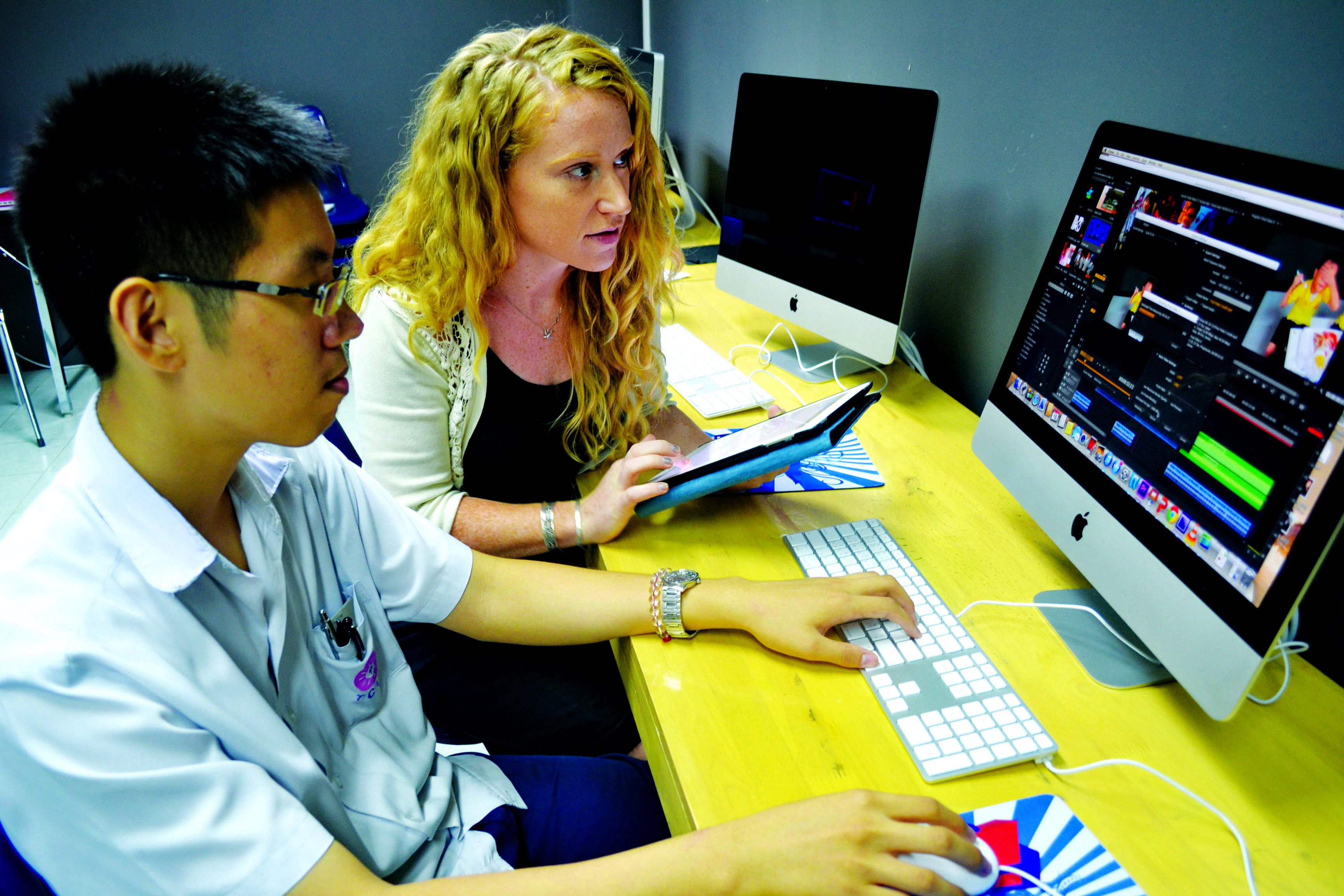Differences Between International and Public Schools in Bangkok

International schools in Bangkok are different from public schools. Those people who are going to have their children in school during their time in Thailand will definitely want to know some of the differences, as some of them are rather important.
One difference between international schools in Bangkok and public schools is advancement through different levels. For example, at an international school, you may see elementary, middle, and high school, just like you would in a school in the United States. Other schools may have different levels of advancement based on what system they’re following. Public schools, meanwhile, all follow the same level of advancement. Students start out in Prathom 1 - 3, which is for students aged 7 to 9; Prathom 4 – 6, which is for students aged 10 to 12, Matthayom 1 – 3, which is for students aged 13 to 15; and Matthayom 4 – 6, which is for students aged 16 to 18. Prathom 1 to Matthayom 3 are compulsory, meaning students are required to be educated through these levels, while advancement to Matthayom 4 – 6 is dependent on meeting academic requirements and passing the National Education Test.
An admission fee is another difference between an international school in Bangkok and public schools. International schools typically charge an admission fee for everyone – Both Thai nationals and expats - in order for students to be able to enter them. The fees are different depending on the school, and many of them end up being rather high. If you have a child who you are planning on having attend an international school, you are definitely going to have to save up in order to get them into the school. Meanwhile, public schools are free for Thai national children. If at least one parent is a Thai national, and the birth of the child is registered in Thailand by that parent, the child is considered a Thai national and can attend for free. For children who have no Thai national parents, there is an admission fee to attend public school, though it is nowhere near as high as an international school fee.
Language is also a difference between international schools in Thailand and public schools. For many international schools, classes are taught in non-Thai languages. The most common is English, though there are some that teach in other languages. For Thai public schools, Thai languages are what the classes are taught in. It is possible to have non-Thai speakers attend English-spoken classes in some public schools, but those typically cost yet another fee on top of the admissions fee that expats have to pay. There are also cases where non-Thai classes are not offered, and expat children must take Thai language competency tests before they are allowed admission.
Holiday celebrations are another difference between an international school in Thailand and public schools. Many international schools will take holiday breaks for certain holidays, such as Christmas. Public schools, meanwhile, will be open as normal during Christmas. Meanwhile, international schools sometimes remain open during Thai national holidays, such as Constitution Day, while Thai public schools all close during national holidays. Public schools are also closed during the entire months of October, March, and April, while international schools tend to be closed during June, July, and part of August.
If you are looking for International school Bangkok please visit Thai-Chinese international school Bangkok.
